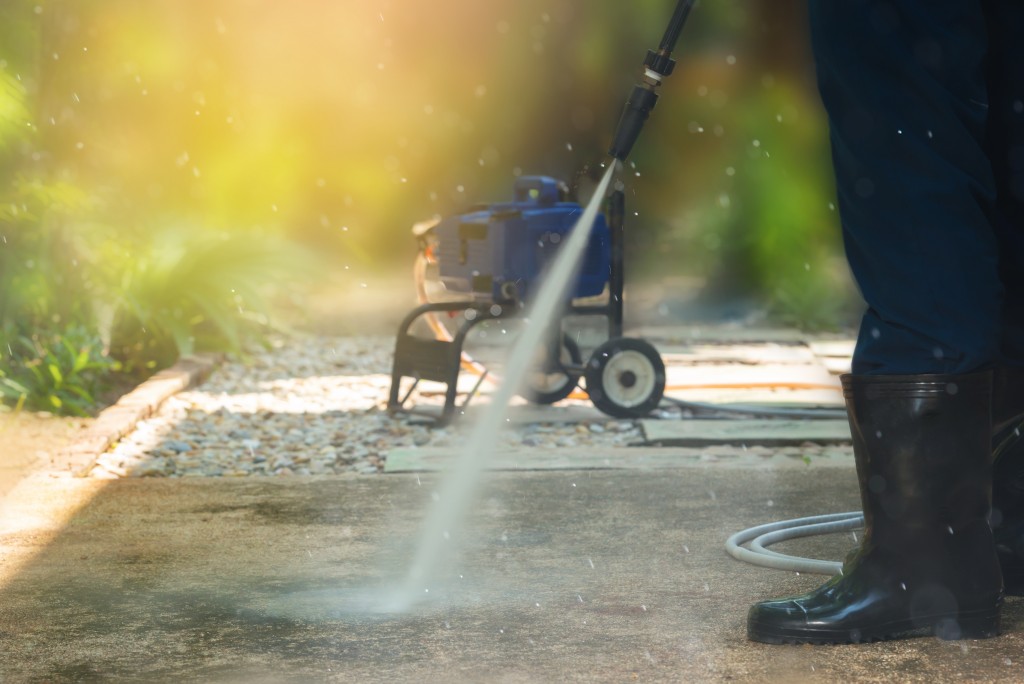When it comes to decreasing your utility bills, not many homeowners consider their plumbing, although they should. An unchecked, inefficient plumbing system uses way more water than it needs to. All this wasted water not only means higher water bills, but it also increases the water waste your county needs to treat.
Energy-efficient plumbing means using less power and less water, lowering your utility bills. Here are 4 ways you can cut down your energy and water consumption with an efficient plumbing system.
-
Convert to a dual-flush toilet
Old toilet models dispense way too much water every time it flushes. Switch to a high-efficiency toilet with a dual-flush system. This toilet only uses a sufficient amount of water to flush the waste, instead of releasing five gallons per flush.
A dual-flush system commonly has two half-mooned flush buttons. The smaller button releases a small amount of water, suitable for flushing liquid waste. The bigger button dispenses more water to flush solids.
This toilet model observes the allowable gallons per flush limit of the Environmental Protection Agency, which is 1.6 gallons.
-
Switch to a tankless water heater

Demand-type tankless water heaters offer several eco-friendly benefits. First, the units have a longer lifespan than traditional tanks, so you need to replace them as often. Tankless water heaters are also smaller, requiring less space in landfills.
Additionally, a tankless water heater only heats water when you need it, instead of trying to store 40 gallons of hot water. This way, your water heater uses less heating energy and doesn’t run out of hot water. The Department of Energy says a tankless water heater can be 24 to 34 percent more energy-efficient than traditional models.
-
Get a low-flow showerhead
Showerheads are measured by the number of gallons they release per minute, which is called flow. Water pressure affects the flow. The greater the water pressure, the more water is released.
Low-flow showerheads can maintain water pressure while using less water. This means you can use less water without having to spend more time in the shower.
There are two kinds of low-flow showerheads: non-aerating and aerating. The former uses pulses to keep the water stream strong, whereas the latter mixes air into the water to maintain the pressure.
-
Insulate your pipes
The distance your pipes travel from the water heater to your faucet and showerhead can be far. Because of this distance, the water can lose its heat as it travels from one room to another. Insulating your hot water supply pipes helps prevent heat loss and frost during the colder season.
Insulation also keeps the water inside the pipe and the pipe itself from cooling in between uses. This means that the water will be warmer when you turn the faucet on. You’ll waste less water from waiting for it to reach your preferred temperature.
Keep in mind that if your plumbing system is more than 10 years old, it might be time for an upgrade. Outdated systems and water fixtures are known water guzzlers, increasing your utility bills. There are plenty of advanced solutions in the market that can give you bigger cost savings. Consult a plumbing specialist to determine the best system for your house.

